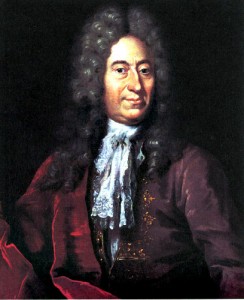Old Rocks
Diamond Member
Interesting how the posts on this demonstrate the three attitudes toward science.
1. See, I told you them scientists were stupid all along!
2. Hmmm.... And how does this change the big picture of the way the universe works?
3. What can I do with this?
The third, the engineering attitude drives those of the first category batty, because the answers involve ineviteble change to the world and society.
Those of the second attitude are already working on something, whether they know it or not, that will supercede the newest discoveries.
1. See, I told you them scientists were stupid all along!
2. Hmmm.... And how does this change the big picture of the way the universe works?
3. What can I do with this?
The third, the engineering attitude drives those of the first category batty, because the answers involve ineviteble change to the world and society.
Those of the second attitude are already working on something, whether they know it or not, that will supercede the newest discoveries.




